ESL Writing Unit and Lessons for Newcomers: Supporting All Levels of Writers
Teaching writing to ESL students is a unique challenge, especially when you’re dealing with various proficiency levels, grade levels, and new arrivals who may not even be literate in their native language. On top of that, we often face the constant task of raising the writing level of intermediate and advanced students. Add the complexity of welcoming new students each week, and ESL teachers have their hands full in supporting all learners in their writing development.
***Disclaimer: In this blog, the terms ESL students (English as a Second Language), ELLs (English Language Learners), and ML (Multilingual Learners) are used interchangeably. While “Multilingual Learners” is becoming the more widely accepted term, “ESL students” and “English Language Learners” are still commonly used in various contexts. My aim is to be inclusive and clear to all readers, regardless of the terminology they are familiar with.
These are some of the questions ESL teachers face every day:
- How can I help my newcomers while also pushing my more advanced students to grow as writers?
- How do I teach the writing process effectively when there’s such a range of abilities in one classroom?
- How can I scaffold the process for students who are at different stages of language development?
Stage 1: Before I Begin Any ESL Writing Unit...
Before starting any writing unit, I always begin by asking myself: What do I want my students to accomplish throughout this unit? What is their final product going to be? How are we going to get there? How am I going to scaffold the process for different proficiency levels? What mentor texts am I going to use? And importantly, how will I measure their learning—will it be through their final product, through all the stages of the writing process, or a combination of both?
Dr. Westerlund calls this first stage "Planning with the End in Mind." During this stage, teachers should think about learning objectives, assessments, and the genre of writing students will focus on. I like to start each writing unit with a pre-assessment to gauge where my students are in terms of both content knowledge and writing skills. For newcomers, I may ask them to draw and write in their native language, and I let them use iPads to translate the instructions if needed. This helps me assess whether they are familiar with the genre we’ll be working on, such as autobiographies, and see if they understand its key elements.
Throughout the unit, I keep track of their progress through formative assessments—observing their work during each stage of the writing process, from brainstorming to final revisions. This allows me to see their growth and provide feedback along the way, rather than waiting to assess only the final product. By focusing on both the process and the final product, I can ensure that my students are learning not just how to produce a finished piece of writing, but also how to work through each step of the writing process effectively.
What Does Research Say About ESL Writing?
Research shows that writing is a developmental process that must be taught in stages. ESL students benefit greatly from explicit writing instruction, including prewriting activities like brainstorming and vocabulary-building, as well as exposure to mentor texts that model the type of writing they're learning.
According to experts like Dr. Wong-Fillmore, Dr. Brisk, and Dr. Westerlund, ESL students progress faster when they engage in both reading and writing within the same genre. This practice allows them to internalize the structure, language, and style of that genre.
Writing as a Process, Not a Product
Writing should be viewed as a multi-step process: brainstorming, drafting, revising, and editing. As Dr. Westerlund notes, writing can be particularly difficult for multilingual learners (MLLs) in content-area classes because they are often assigned writing tasks (e.g., lab reports, book summaries, or small moment stories) without being explicitly taught how to write. For ESL students, it’s crucial to take time with each stage of the writing process. Slowing down to focus on prewriting—especially when building background knowledge and vocabulary—ensures that all students, regardless of proficiency level, can engage in the process.
Stage 2: Building Background Knowledge
This stage is all about laying the foundation for understanding. It involves building conceptual knowledge, activating prior schema, providing shared experiences, and engaging in research to focus on knowledge building. In this phase, it’s essential to engage students in discussions and activities that help them connect the new content to their own experiences and background knowledge.
Integrating Reading and Writing
I’ve found that pairing reading and writing units around the same or similar genres works best for ESL students (reading nonfiction & writing nonfiction, reading personal narratives and writing personal narratives, reading small moments stories and writing small moment stories).
If I’m teaching my ELL students how to write their first autobiography, first we immerse ourselves in reading autobiography/ biography picture books. Reading in the same genre helps ESL students learn both content and the language patterns, vocabulary, and text structure specific to that genre.
During my autobiography unit, I share two mentor texts with my students: a biography of Barack Obama and his autobiography. We analyze how biographies and autobiographies share similar features, such as the table of contents, captions, photographs, bold print, and timelines. We annotate both texts and observe how they differ. For example, we notice that the pronouns 'he,' 'his,' and 'him' in the biography shift to 'I,' 'my,' and 'me' in the autobiography. By the time students begin writing their own autobiographies, they have already become familiar with these elements.
Stage 3: Text Deconstruction with ESL Students
Text deconstruction is a key step in the writing process. This stage involves deconstructing mentor texts to study the language and structure of the genre. By analyzing different elements of a text—whether it’s a biography, autobiography, or personal narrative—students see how all the pieces come together to create a cohesive and meaningful piece of writing. Through this guided analysis, they learn the essential components they will need for their own writing, such as transitions, sentence structures, and vocabulary. Deconstruction also helps ESL students visualize what good writing looks like within a particular genre.
Using mentor texts allows ESL students to build background knowledge and vocabulary while developing their writing skills. We use mentor texts for oral discussions and vocabulary building before moving into writing.
One way I differentiate the texts students read is that I let my newcomers study and work on autobiography mentor text only, but my more advanced students may read some picture biographies/ biographies. We notice that most biographies cover early life, passions, character traits, dreams, and challenges. I also teach genre-specific vocabulary and grammatical structures like past tense and passive voice, often found in biographies (e.g., “he was born,” “he attended,” “he was awarded”). By annotating these structures, students can better understand and apply them in their writing.
Stage 4: Joint Nonfiction Text Construction in ESL Classroom
In the joint construction stage, you can either create a text with your class or model the writing process while your students help. This collaborative effort ensures students are still supported as they practice constructing a text, but now they begin to take more ownership of the writing. As a teacher, you can guide them through each part of the text, showing them how to apply what they’ve learned from mentor texts and previous lessons.
After immersing students in mentor texts, I explicitly model each step of the writing process. During my autobiography unit, I break down each element into separate lessons. For example, one day we might focus on writing about 'Me and My Family,' while on another day, we’ll tackle 'Passions' and then 'Personality Traits.' Each lesson is scaffolded with differentiated materials such as word banks, sentence starters, paragraph frames to support vocabulary development. Sentence starters like 'I was born on...' and 'There are ... people in my family' provide students with a framework to structure their writing.
Once students have participated in this joint construction, they move into independent writing. The process allows for a gradual release of responsibility as students progress from working closely with the teacher to applying the skills on their own. At this point, students are ready to complete each stage of the writing process independently, using all the scaffolds and support provided during the earlier phases.
Teaching writing to ESL students can feel overwhelming when you’re balancing so many different levels of proficiency. However, by following a process-oriented approach, integrating reading and writing, and providing explicit scaffolding, it’s possible to support all your students—whether newcomers or more advanced learners.
By focusing on mentor texts, shared experiences, and gradual release, you help students internalize the skills and confidence they need to succeed as writers. Whether you're guiding students through a small moment story or an autobiography, remember that writing is not just a product, but a journey that unfolds in stages.
Happy Teaching!
ESL Resource Meet
Would you like to receive more tips, tricks and freebies?
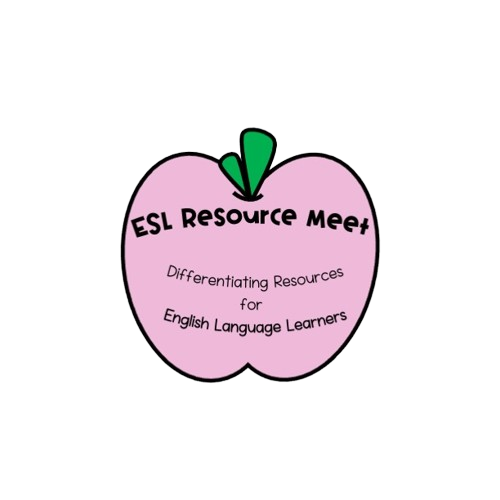











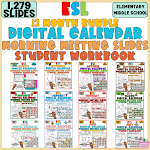



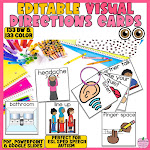













































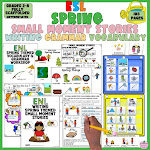




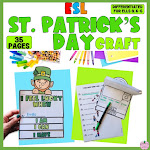
















































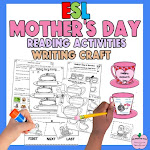
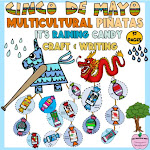
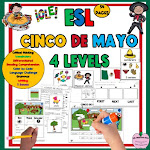
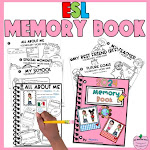




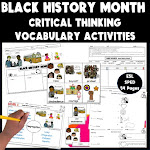
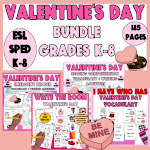
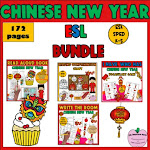

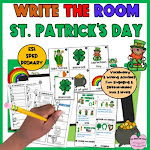
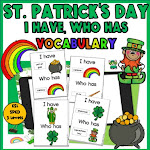
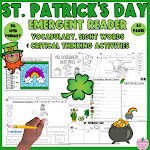



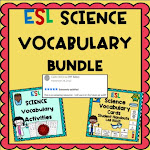




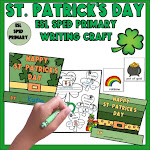

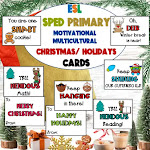


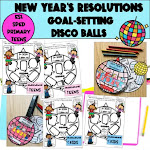
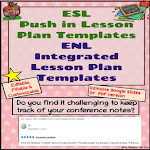



0 Comments